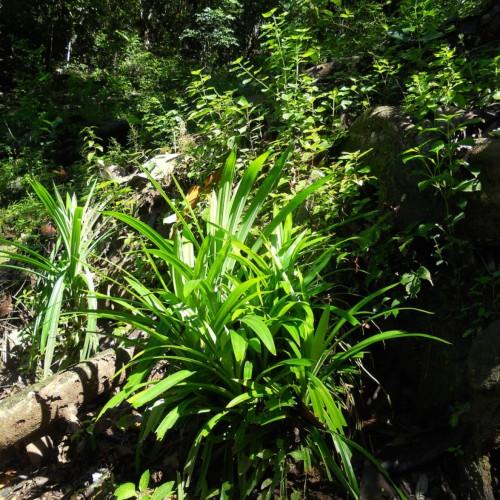
White Bear Sedge
Carex albursina
Also Known As - Bluntscaled Wood SedgeWatering:
Average
Hardiness Zone:
Flowers:
Flowers
Sun:
Sun, Partial Shade
Soil:
Loam
Leaf:
Yes
Growth Rate:
Low
Drought Tolerant:
Yes
Salt Tolerant:
Yes
Care Level:
Medium
watering
Glomerate Sedge should be watered often enough to keep the soil moist, but not so much that it becomes soggy. Water in the morning or evening when temperatures are cooler to reduce the loss of moisture due to evaporation. Aim for at least 1 inch of water per week during the growing season. Water more often during periods of drought. If the soil feels dry or plants show signs of wilting, an additional inch of water is recommended. Reduce watering in the winter when the plant goes dormant.
sunlight
Glomerate Sedge (Carex aggregata) thrive best when exposed to direct sunlight for at least 6 hours each day. They can also handle partial sun, or simply bright, filtered light. They should receive the most sunlight in the morning, as the sunlight is stronger and the temperatures are cooler. If sunlight is in short supply, Glomerate Sedge may benefit from a few hours of midday sunshine. Avoid exposing Glomerate Sedge to direct afternoon sunlight, as this can burn the leaves.
pruning
Glomerate Sedge should be pruned back once a year in late winter or early spring, after the last frost. Pruning should be done to encourage new growth and to shape and form the plant. Remove any dead or diseased stems, as well as any crossing and crowded branches. Trim back the plant by about 1-third of its overall height. If the plant is overly dense, you may need to do some light thinning. This will help keep the plant healthy and encourage new growth.
